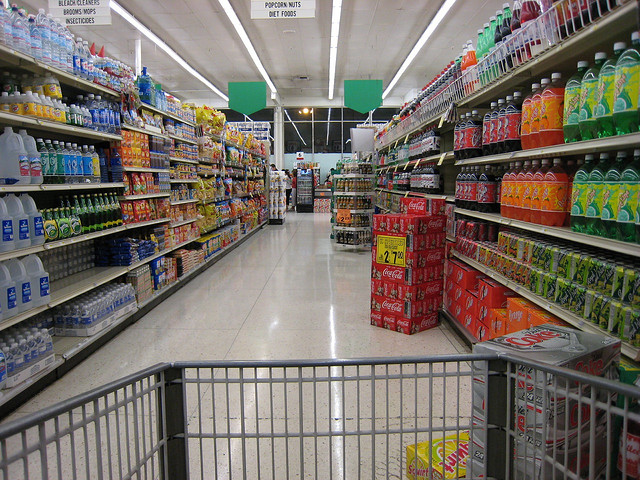“3D printing technology has the potential to completely transform the way we shop for our needs.” All of us agree to this statement, except that we vary on the time lines and the degree of agreeability. For any trend to catch on, it will need a few strong backers to propel it to the next level.
3D printing seems to have found its backers in the form of the retail giants such as Amazon.com and Wal-Mart. These stores could give 3-D printing a much needed boost to give it the reach in the nascent consumer market. In March, Amazon launched a pilot program to allow service providers to sell 3-D printed objects on its website. Sculpteo, a world-wide 3D printing service, has announced that 3D products from designers are now available on their Amazon.com storefront. Last October, Wal-Mart started its own pilot test, offering 3-D imaging and printing-services programs.
There is a lot of interest from other retail chains too. For example, Asda Stores in UK are offering a miniature service – “mini me”, where they create a detailed 3D printed miniature version of you and your family. According to Mike McNamara, there is a market for 3D printing in large supermarkets, and that 3D printers will be commonplace in stores, as this could ‘give shoppers a new reason to visit shops for quick access to niche items.
Another noteworthy name to be added is the office supply and services giant Staples. Staples is the first major retailer to offer consumer and prosumer 3-D printers, which it does online and in 150 of its 1,500 U.S. stores Also, Staples has come up with two experimental 3-D printing service centers in New York and Los Angeles in partnership with 3D Systems, which provides the design, scanning, and printing hardware and software for occasional use or to try out before purchasing. The experience center provides access to a $60,000 professional full-color 3-D printer. Customers can print larger, more complex items off-site on a 3D Systems’ $1 million set-up through a cloud-printing service offered in-store, which are then shipped to offices or home.
From a retail store’s perspective, apart from the fact that a niche service will draw more customers and more revenues for the overall store, 3D printing also helps the retails stores to cut down their space costs. They can just show the catalogue to the customers, without having to keep the physical object in the shelf, and once a selection is made the print can be done and delivered to the customers’ house. This way, the retail stores can expand their portfolio with minimal additional cost.
With the retail thrust, you can envision a scenario where consumers will be able to download printable files from amazon, and print their own parts from a low cost home printer or a 3d printing kiosk in the neighborhood. They might even go to a retail store nearby to get the part printed or select a latest item.
The entrance of retail giants into 3-D printing is a very encouraging sign, and will improve the awareness and usage of 3D printed materials. This will have a positive impact on the sale of printers, materials and the much needed consumer level innovations.
Image Credit: Simon Shek (Flickr handle – simon_shek)
